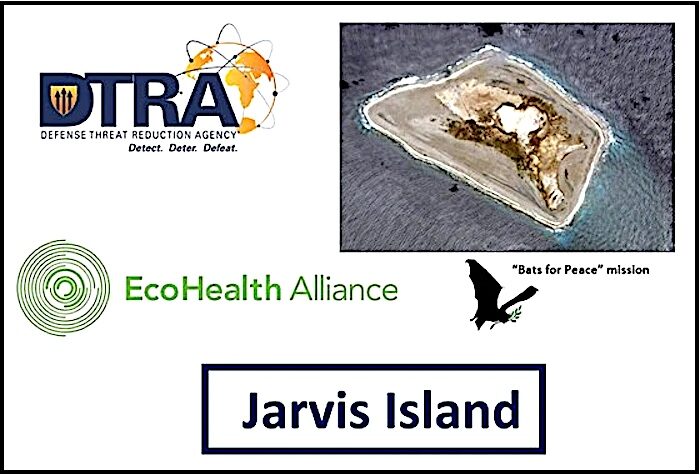
Deep in U.S. funding data for bat virus research is something very odd.
It looks like funds designated for bat coronavirus research in Western Asia may actually have gone to bird virus research on a Pacific island.
The group getting the funds, EcoHealth Alliance, is a familiar one to those following the COVID-19 discussions over the last two years. For years before the COVID-19 pandemic, EcoHealth sent U.S. funds to the Wuhan Institute of Virology and collaborated with Wuhan's scientists on bat virus studies.
What adds intrigue on top of intrigue is one of the funding sources of EcoHealth Alliance's Pacific-island research: the Defense Department's "Combating Weapons of Mass Destruction" account.
Jarvis Island
According to public U.S. funding data, taxpayer funds awarded to EcoHealth Alliance for a study about bats in Western Asia, were spent on Jarvis Island, a U.S.-owned island in the Pacific Ocean.
The funded location under this bat grant is especially odd because Jarvis Island has no published connection to bats and definitely is not in Western Asia.
Jarvis Island does have birds
The birds on Jarvis Island have been connected to a dangerous virus.
Was the Defense Department paying EcoHealth Alliance to research a dangerous bird-borne virus?
DOD's multi-million-dollar combat ... with bats
In 2017, EcoHealth Alliance was awarded a $6.5 million grant from the DOD's Defense Threat Reduction Agency (DTRA).
DTRA paid EcoHealth out of the "Combating Weapons of Mass Destruction" account for a grant entitled "Understanding the Risk of Bat-Borne Zoonotic Disease Emergence in Western Asia" (HDTRA11710064).
DOD apparently felt that bat viruses were so dangerous, the U.S. Government should spend millions of dollars to understand them.
Usaspending.gov includes a downloadable file of EcoHealth's subgrants. It is there that the Jarvis Island oddities are found. The file lists EcoHealth as subgranting to Jordan's Royal Scientific Society, and also lists a place of the grant's "performance" as "Jarvis Island," with a country code listed as "XJV."
Why is the DOD funding bat studies on a Pacific island without bats?
I've compiled the grant information here all-in-one place, after downloading data from the federal data file (toggle to "subgrants" and click on "Download" in the top right to access the file).
I pulled this information from the U.S. Government data file, which is hard to post in a readable format, but here's a snapshot, with some columns compressed:
What is known about Jarvis Island?
Jarvis Island is a 1.6 square mile island atoll in the Pacific Ocean. It's owned by the U.S. and is full of Sooty Tern birds and bird guano. It's managed by the U.S. Fish and Wildlife Service and it is located 1,300 miles from Hawaii.
A now-removed, but archived, U.S. Fish and Wildlife Service write up said, "Jarvis supports many species of breeding seabirds, including its sooty tern colony which is one of the largest in the world, with an estimated 1 million terns using the island."
Why is the DOD funding a grant, with subgrant work on Jarvis Island in the middle of nowhere with one of the world's largest sooty tern bird colonies?
Is DOD looking for the dangerous Saumarez Reef Virus, which is similar to the Russian Tyuleniy Virus?
Jarvis Island is home to guano fields, apparently fields of sooty terns' bird guano (aka bird droppings). The island, claimed by the United States in 1856, was once mined for its guano, a material used for fertilizer.
Ticks that feed on the sooty tern are known to harbor the Saumarez Reef virus, a virus identified as a "new flavivirus" in 1977 and given the classification SREV.
In their 1977 research paper, virus researchers T.D. St. George, H.A. Standfast, and their colleagues, first isolated the new SREV flavivirus in Queensland and Tasmania, Australia.
They wrote that they isolated the Saumarez Reef virus, "from seabird ticks collected from four localities [...] off the east coast of Queensland, Australia."
It was determined that the new sooty tern-related SREV virus most closely resembled the Tyuleniy virus (TYUV), which was discovered from ticks collected from seabird nesting grounds in 1969, in the then-USSR's Tyuleniy Island, Sea of Okhotsk.
When I was researching EcoHealth's U.S. funding streams, I noticed the Jarvis Island entries. At first the term "guano flats" on the Jarvis Island map, piqued my curiosity as bat guano is also a known source for bat viruses, and EcoHealth worked with the Wuhan lab on bat coronaviruses. Perhaps they'd found a new bat virus source on a Pacific island.
But it appears the Jarvis Island guano fields are from birds.
Not bat sh*t. Bird sh*t.
Is DOD hunting for a virus related to a Russian virus?
I reached out for help to see how closely the sooty tern-related virus aligns to the Russian virus.
Aligning the sequence of SREV (accession number MW959115) compared to a 2014 deposited sequence of TYUV (GenBank KF815939), shows they are pretty close.
The alignment of the two bird-borne viruses — the Russian one and the one deposited from sooty terns found in Australia — show the two viruses do look very similar. 73% identity at the amino acid level and 85% homology, to be specific. (I'm told, they are more alike than our current pandemic virus SARS-CoV-2 is to the first SARS, which emerged in China in 2002.) Maybe the two seabird-related sequences are variants of the same virus.
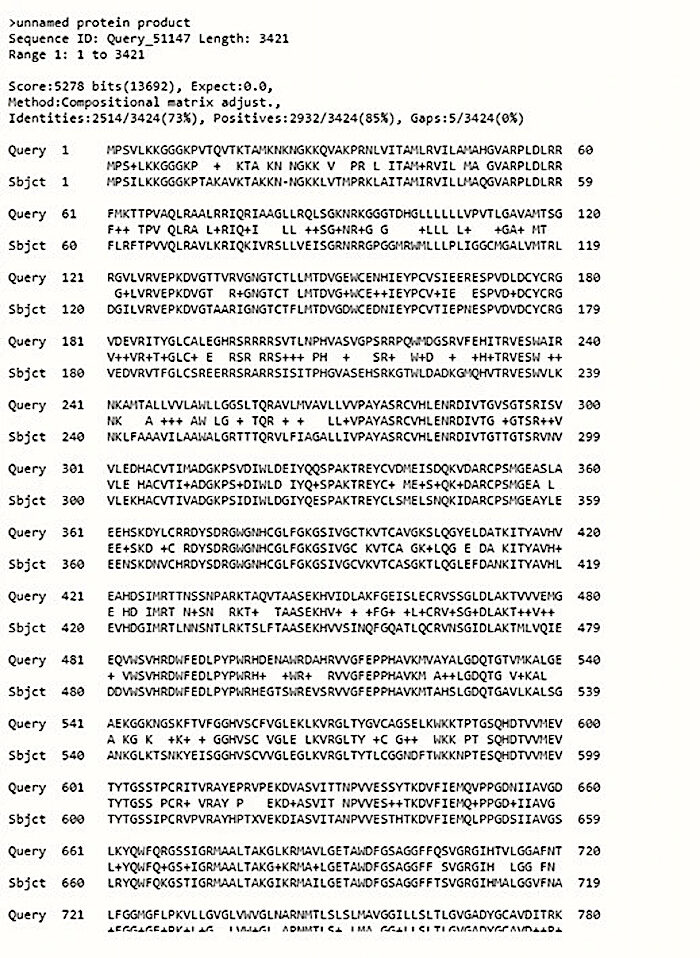
TYUV is the top Query line, aligned against SREV as the Sbjct line.
If DOD got ahold of this virus from these birds or the ticks that feed on them, could someone make a vaccine and would it protect U.S. soldiers from an accidental release of a Russian virus?
Apparently, with sequence numbers that close, yes, antibodies, treatments, and/or vaccines developed to fight against one, could work against the other.
Folks can debate what's going on here, and I hope others will ask DOD for more information. If the Russians have a dangerous virus, it makes some sense the U.S. would want to have it, too, and would want to have a vaccine or treatment against it. This is what biodefense is, and I've read it's a pretty big industry.
To add another oddity, Edward Holmes of Australia, the scientist who first released the COVID-19 virus sequence in January 2020, also studied the Saumarez Reef Virus. In January 2019 Holmes published a paper with an Iranian scientist, Hamed Kazemi Shariat Panahi from the Department of Microbial Biotechnology, School of Biology and Centre of Excellence in Phylogeny of Living Organisms, College of Science, at the University of Tehran.
Maybe DOD is trying to protect the U.S. warfighter by digging up bird guano and bird ticks on a remote Pacific island.
EcoHealth's biggest funder is DOD
It is not often reported, but DOD is EcoHealth Alliance's biggest funder.
EcoHealth Alliance has received $69.2 million in direct funding from U.S. taxpayers (this does not count its millions in indirect funds).
From fiscal year 2008 through fiscal year 2022, DOD was EcoHealth Alliance's biggest direct funder giving it $42.9 million, 62% of all its direct government funds. Of those $42.9 million, DTRA — the agency that gave EcoHealth this bat grant — provided $38.6 million. Thus, the DOD's DTRA is EcoHealth's biggest direct funder within the U.S. Government.
Maybe someone can ask EcoHealth Alliance's president Peter Daszak, what EcoHealth Alliance was doing for the DOD on Jarvis Island.
Middle-East connection?
As the chart above shows, some of the DTRA grant funds to EcoHealth Alliance for its "Understanding the Risk of Bat-Borne Zoonotic Disease Emergence in Western Asia" grant was subgranted from EcoHealth to the Royal Scientific Society (RSS), located in Amman, Jordan. That's the funding rows where I first found the Jarvis Island info in the data files.
Does that mean the RSS did work on Jarvis Island with U.S. DOD funds?
I don't know.
The collaboration between the two groups is not news. EcoHealth and the RSS have done bat virus work together. They even came up with a "Bats for peace" graphic that they put on this poster featured at a 2018 bat conference.
Participants at 2018 WAB-Net workshop: we can see scientists from the two groups getting together. EcoHealth scientists pictured with Royal Scientific Society scientist at 1st Annual Western Asia Bat Research Network workshop Tbilisi, Georgia, Sept. 17-19, 2018.
For reference, the RSS is circled on the left in red below. It is not close to Jarvis Island, to put it mildly.
I've not found any evidence, either group published or advertised it was working on Jarvis Island in the Pacific Ocean. But, when one downloads the EcoHealth subgrant file, a subgrant to Jordan's Royal Scientific Society lists the place of the grant's "performance" as "Jarvis Island," with a subaward country code listed as "XJV."
- For the record, the U.S. country code for Jordan is JOR and for Jarvis Island is XJV.
- If you look at your keyboard, JOR and XJV are not close to each other.
- The funding file indicates both that the address of the Royal Scientific Society is in Jordan and that some of the bat grant work is performed on Jarvis Island/XJV.
- Pretty hard to believe this would be a typo.
In addition to DOD-funded work on Jarvis Island, USAID, the Agency for International Development, also funded two U.S. entities for work on Jarvis Island under its "EMERGING PANDEMIC THREATS-2" account.
In 2017, USAID funded EcoHealth Alliance with $200,000 with the "primary place of performance" being Jarvis Island.
In 2017, USAID funded the "Trustees of Columbia University" for $447,914 with the "primary place of performance" being Jarvis Island.
What pandemic threats are on an island atoll thousands of miles from the U.S. mainland?
Specifically, the EcoHealth Alliance's funding file shows money from a U.S.-funded cooperative agreement (AIDOAAA1400102) — with the University of California Davis as the primary recipient — coming from USAID, through California UC-Davis, and paying EcoHealth Alliance a subaward of $200,000 for work with the "primary place of performance" being "Jarvis Island".
On a different usaspending.gov webpage, under UC-Davis' AIDOAAA1400102 cooperative agreement, the subgrant funding file shows Columbia University was subgranted $447,914 from USAID (through UC Davis) for work with a "primary place of performance" listed as "Jarvis Island".
Perhaps there are some scientists at Columbia who could shed some light on this work?
DOD and USAID funded something on Jarvis Island
Two U.S. agencies are or were doing something on Jarvis Island in the Pacific Ocean. Or else, the federal funding files are full of really odd typos.
As of May 23, 2022, there were at least 16 rows in EcoHealth Alliance's subgrant file that include EcoHealth Alliance and Jarvis Island (rows 21, 31, 32, 34, 42, 43, 44, 57, 58, 59, 61, 63, 64, 66, 67, and 68).
One row is USAID funded; 15 rows are DOD DTRA funded.
It appears DOD and USAID have both paid to do defensive pandemic work on Jarvis Island in the Pacific Ocean, where it doesn't look like there are bats, where there definitely are birds, and where maybe there's a dangerous bird-borne virus.
Any questions?
Because I sure have some.
Didn't name it Batsh*t Crazy for nothing!
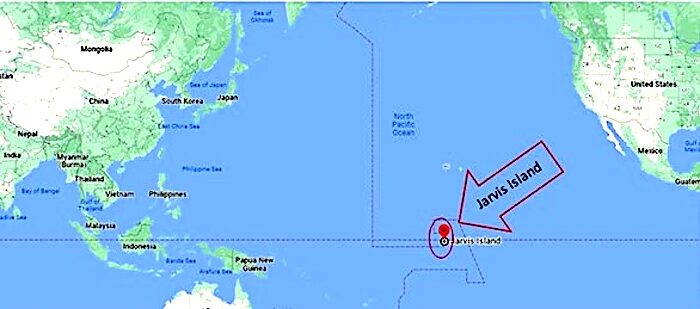
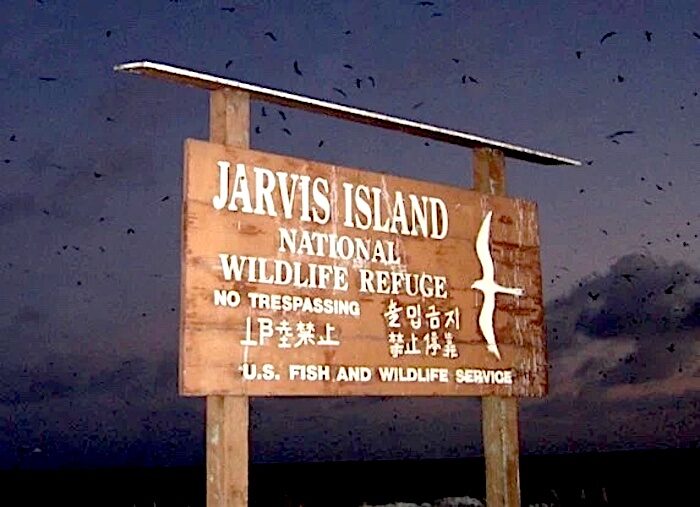
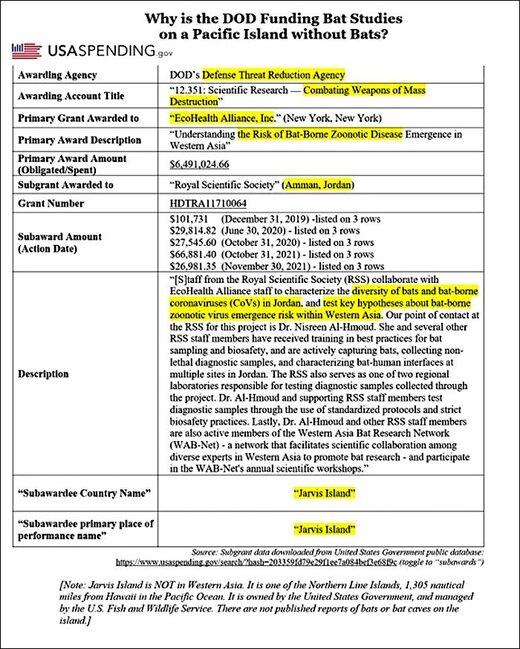

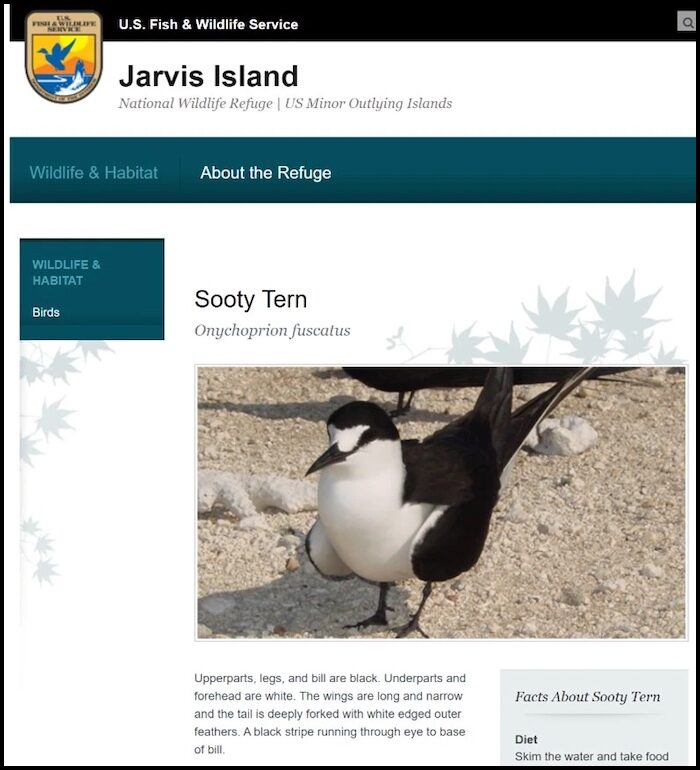
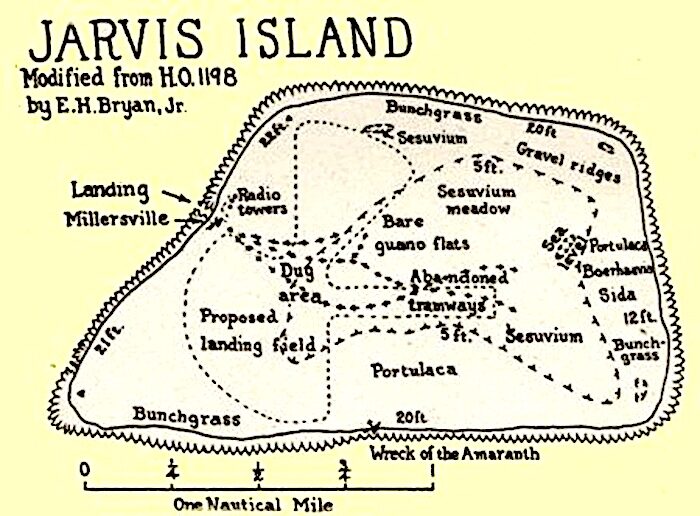
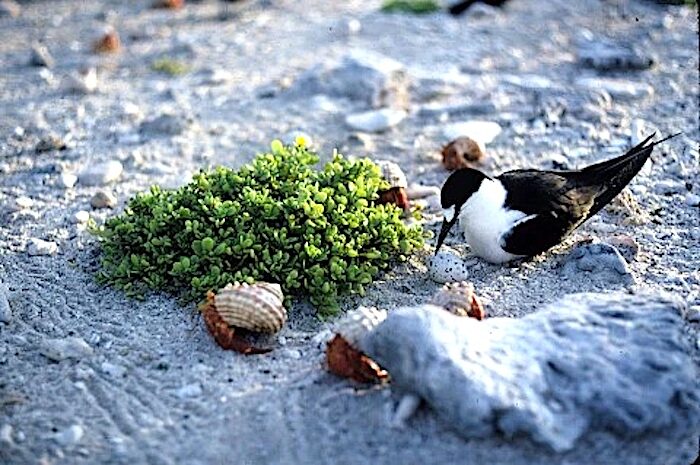
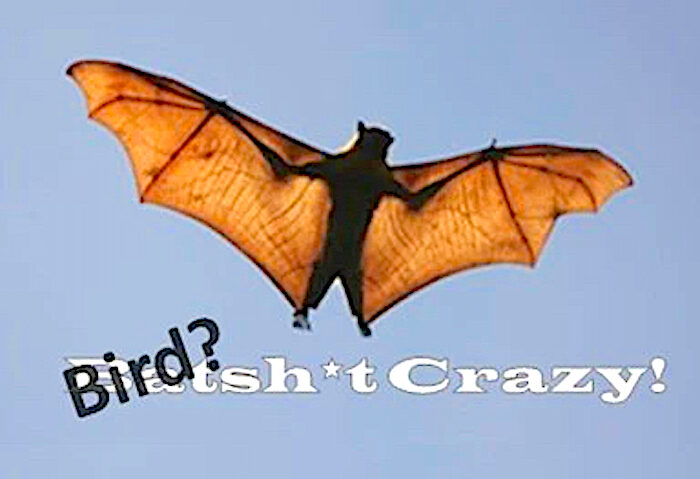
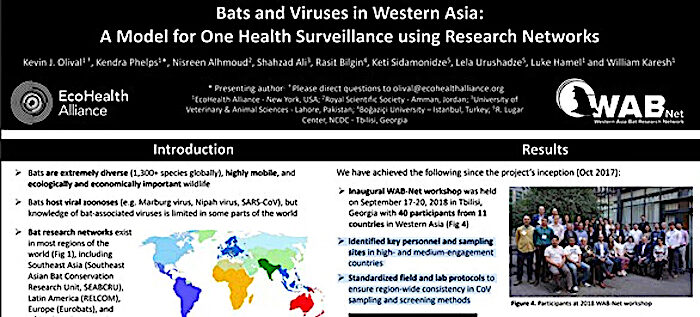



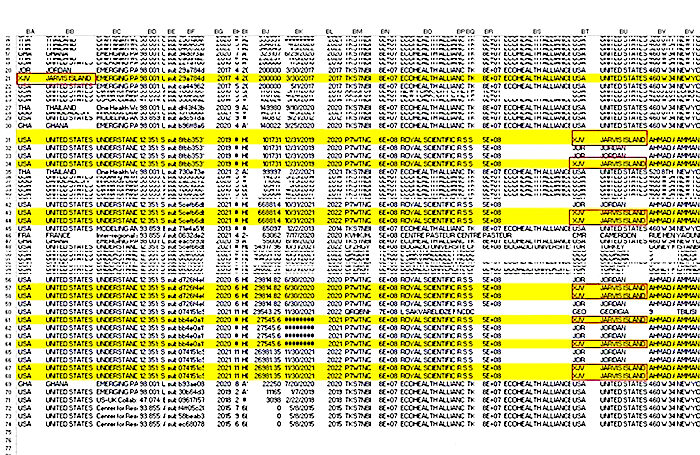



Reader Comments
Some sick minds on this planet.
I often have wondered over the years what they have done to humans via genetic experiments in labs that don’t exist.
Knowing about MK Ultra my bet is things unspeakable.
I thought I wanted to be a genetic engineer in high school then I read a book on the ideas about the future of mankind as to what they will use it for. I never pursued that path.
Regarding the article just more proof of onion layer upon onion layer of corruption.
Entropy expected and much fallout of biblical proportion. Anyway my friend bless you and may peace come soon.